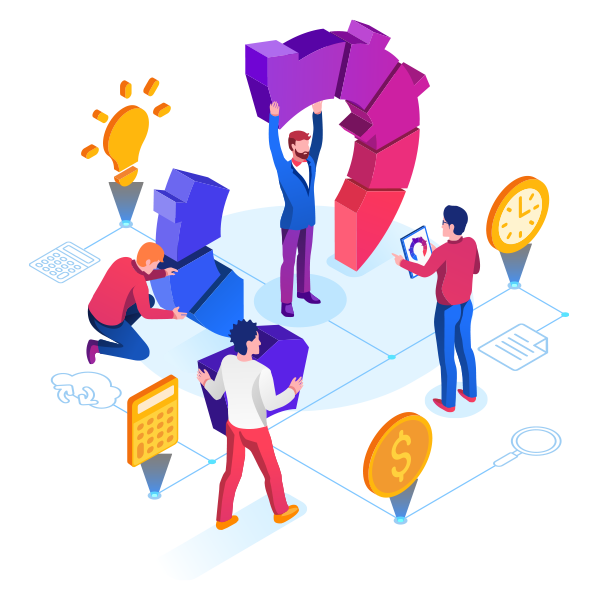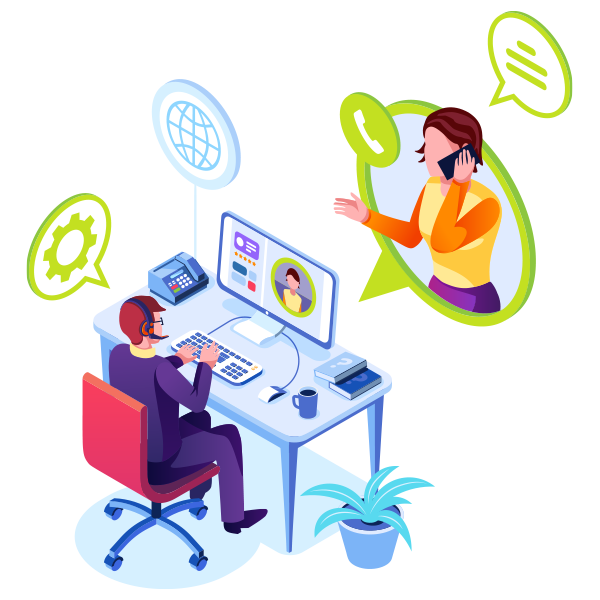Video subtitling consists of inserting text (either translated or in its source language) that is synchronized with the footage, while keeping the original audio intact. This process involves synchronizing text and footage through timecodes/timestamps, ensuring viewers have enough time to read the text shown on the screen. An example of a commonly used file is .SRT, which we can deliver separately and/or apply to your video.
Transcription of audio or video content into text. This process makes it easier to locate information, with or without timecodes, and subtitle videos in the original language (subtitling or closed captions).
Voice-Over solutions, where the original audio can optionally be heard in the background or silenced, while actors’ voices are recorded “over” the track, with a tone and performance by our multilingual voice actors tailored to your business needs. We also offer narration without voice-over to completely adapt audio, video and training content to the desired language.
We rely on state-of-the-art voice-over and subtitling technology that allows us to deliver projects quickly and efficiently without compromising translation quality. We have strict and transparent workflow controls in place, including transcription, translation, editing, subtitle insertion and synchronization.
Interpreting
Zaum Langs is very experienced in the field of interpreting and simultaneous interpretation.
We offer a team of highly qualified interpreters to service all your simultaneous interpreting needs at major events, conferences, lectures, training courses, interviews, on-site or online meetings, based on the subject and specialty required.
We promote effective communication between speakers and audiences, enabling participants to express themselves in their native language and, in the case of online simultaneous interpreting of meetings or webinars, listen to the translation through headphones, smartphones and notebooks.
Our professionals are also fully qualified to provide exceptional consecutive interpreting services, which are delivered in pauses by the speaker, without the use of audio equipment. This type of interpretation is recommended for smaller gatherings, factory visits, meetings or formal ceremonies.
Software and App Localization
Projects typically cover the following stages:
a) translation and/or localization of software and content e.g., UI, navigation, messages, instructions);
b) translation of documentation;
c) client-side system tests.
We account for length restrictions on the interface, terminology context, conversion of quantities and measurements, and other factors to ensure locale-specific functionality and appearance.
Our translators and editors can access software beta versions (with the client’s permission) to carry out a preliminary content assessment and resolve any terminological issues that may arise, laying a solid foundation for successful project execution from the initial briefing to final system testing.



